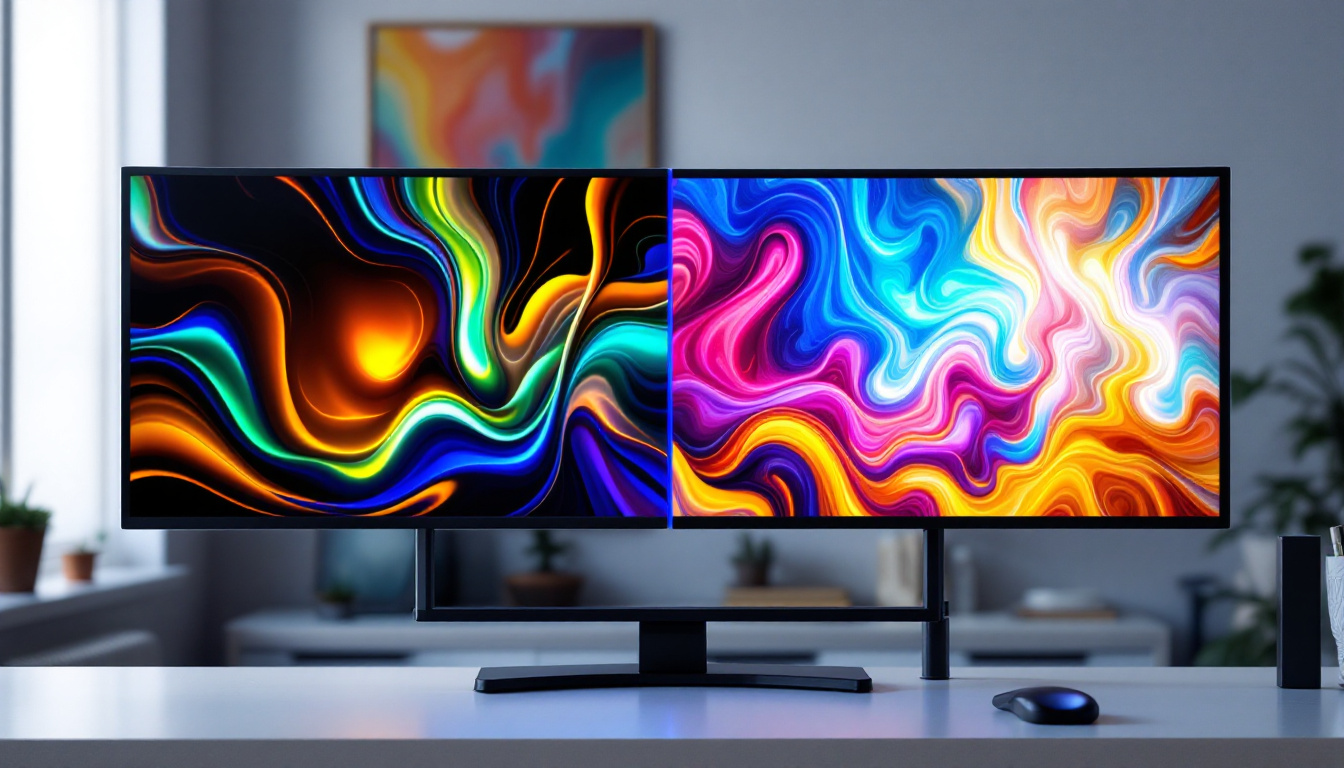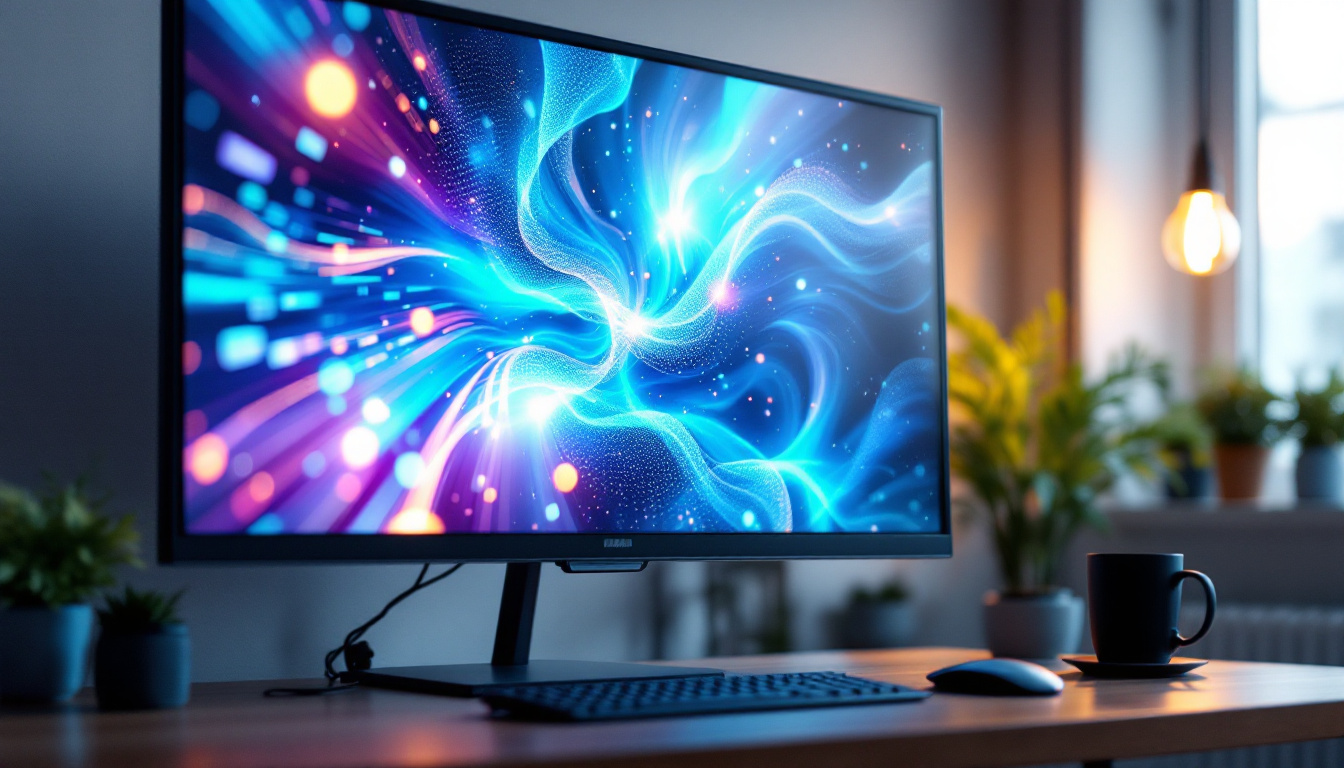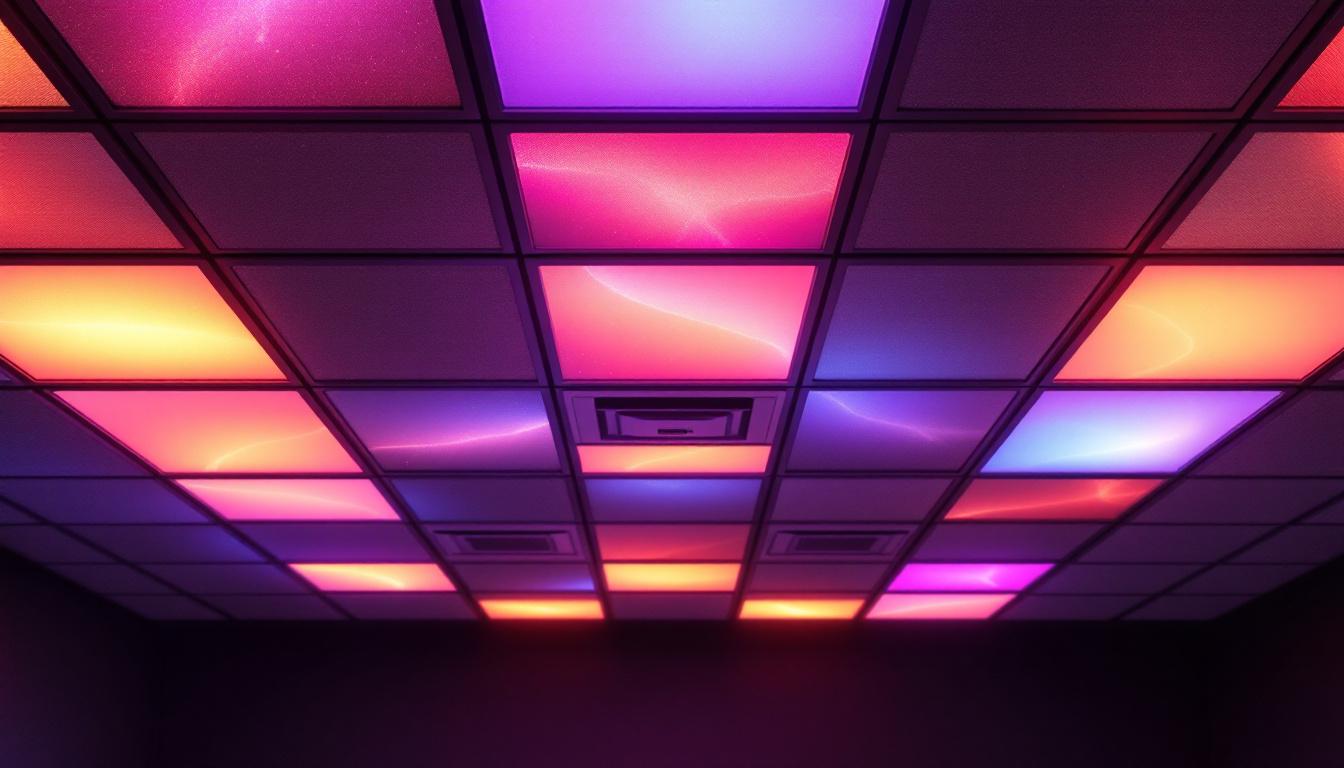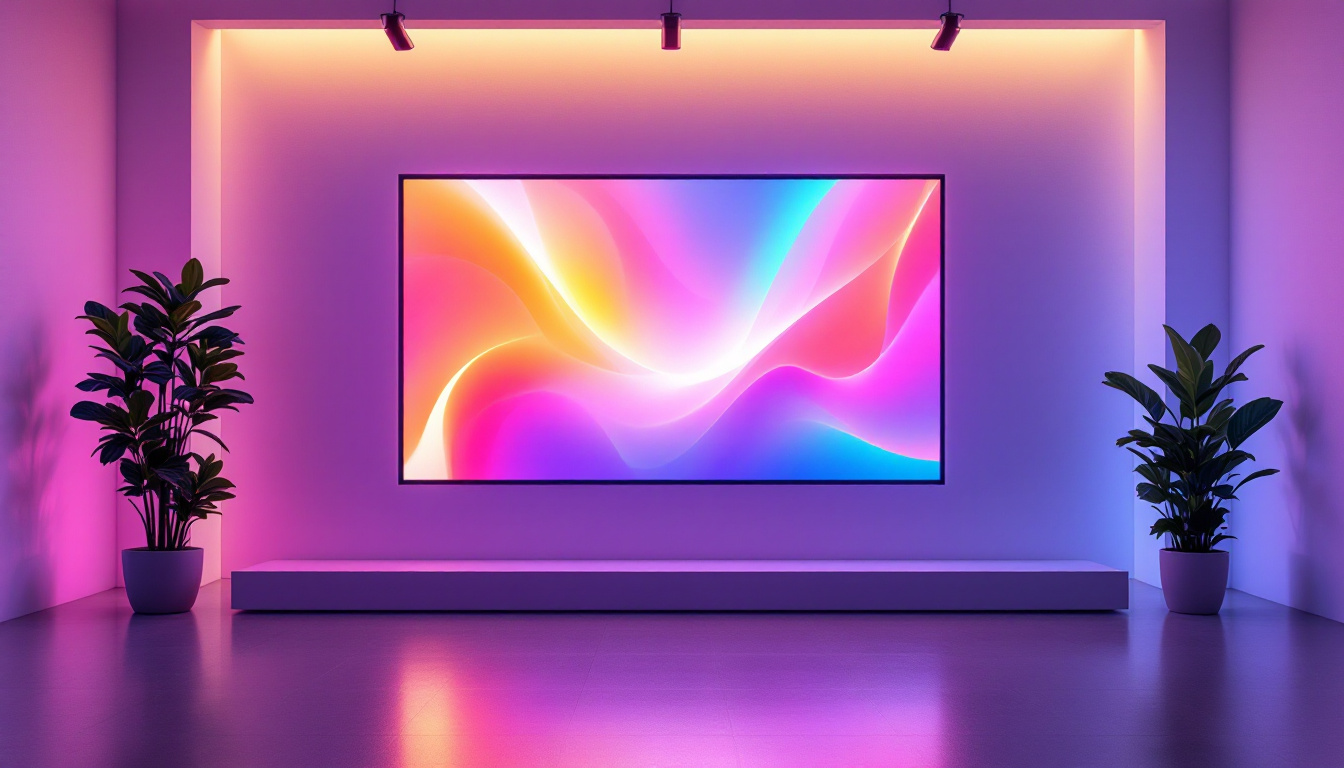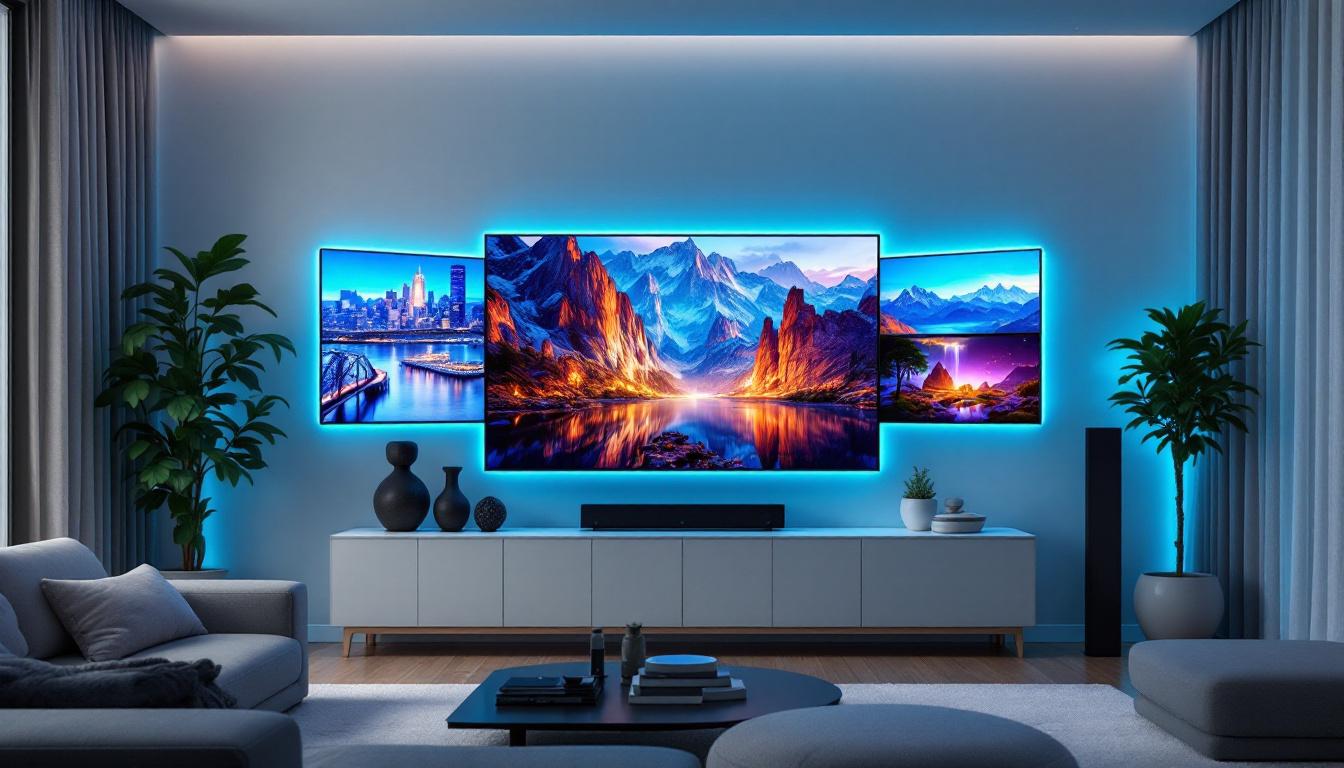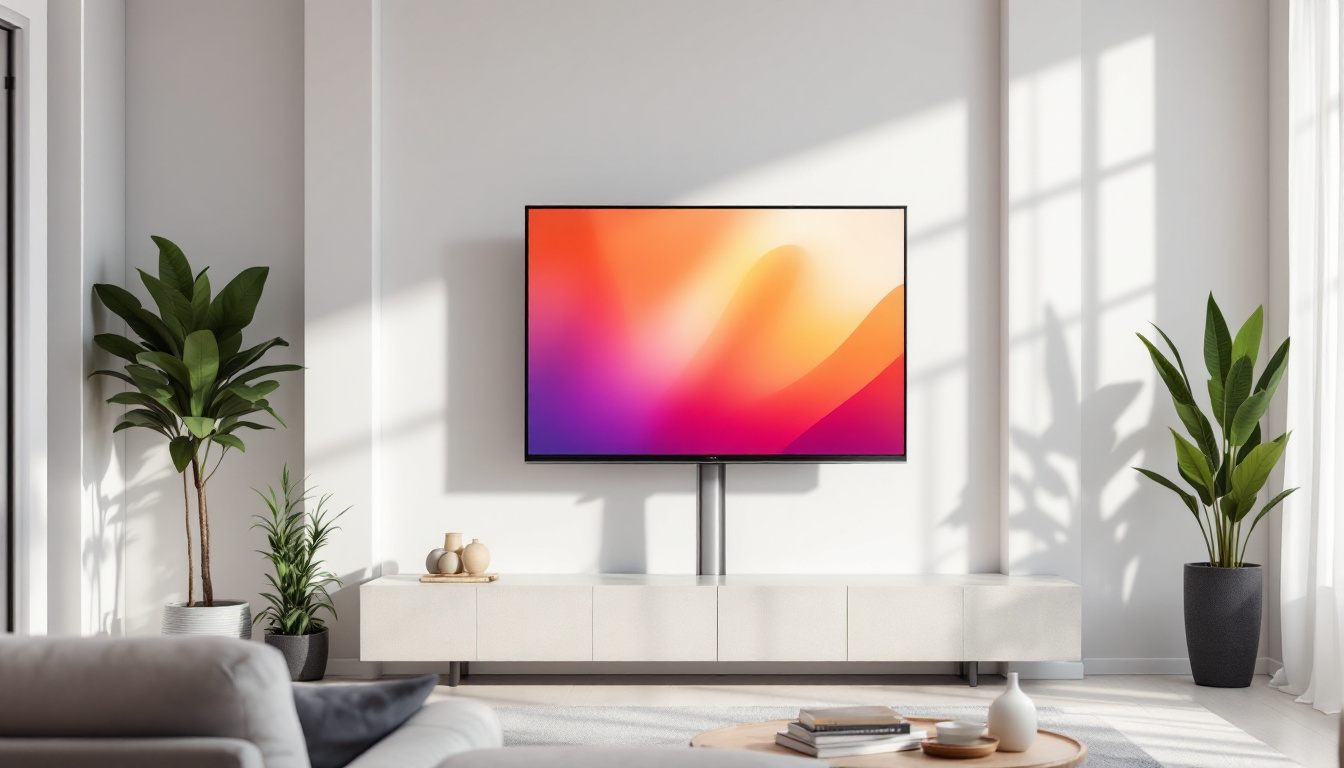In the modern workspace, the importance of a well-structured setup cannot be overstated. As technology continues to evolve, so too do the accessories that support it. Among these, computer monitor stands and mounts play a crucial role in enhancing the user experience, particularly with LED displays. This article delves into the various types of monitor stands and mounts, their benefits, and how they can improve productivity and ergonomics.
Understanding Monitor Stands
Monitor stands are essential components that elevate computer displays to an optimal height. They come in various designs, each catering to different user needs and preferences. The choice of a monitor stand can significantly impact comfort and efficiency, making it a vital consideration for anyone who spends extended hours in front of a screen. With the rise of remote work and home offices, the importance of selecting the right monitor stand has become even more pronounced, as individuals seek to create ergonomic and functional work environments.
Types of Monitor Stands
There are several types of monitor stands available on the market, each with unique features:
- Fixed Stands: These are the most basic type of monitor stands. They provide a stable platform for the monitor but do not allow for height adjustment. Fixed stands are often suitable for users who have a dedicated workspace where the monitor height is already optimized. They are typically made from sturdy materials, ensuring that the monitor remains securely in place.
- Adjustable Stands: These stands allow users to customize the height of their monitors, promoting better ergonomics. Adjustable stands are ideal for shared workspaces, where multiple users may have different preferences. Many adjustable stands also feature a simple mechanism for height adjustment, making it easy for users to find their preferred viewing angle.
- Articulating Stands: Offering the most flexibility, articulating stands enable users to tilt, swivel, and rotate their monitors. This type is particularly beneficial for those who need to adjust their display frequently or work with multiple monitors. Articulating stands often come with gas spring technology, allowing for smooth adjustments and easy repositioning without straining the user.
Benefits of Using Monitor Stands
The advantages of using monitor stands extend beyond mere aesthetics. Here are some key benefits:
- Ergonomics: Proper monitor height can reduce neck and eye strain, promoting a healthier posture. This is especially important for individuals who spend long hours at their desks. By aligning the monitor with eye level, users can maintain a neutral spine position, which is crucial for long-term health.
- Space Management: Monitor stands can help declutter the workspace by elevating the monitor, allowing for additional storage underneath. This is particularly useful in small office environments. Some stands even come with built-in drawers or compartments, providing a convenient place to store office supplies and personal items.
- Improved Focus: A well-organized workspace can enhance concentration and productivity. By positioning the monitor at eye level, users can maintain better focus on their tasks. Additionally, an uncluttered desk can reduce distractions, allowing for a more immersive work experience.
Moreover, monitor stands can also contribute to a more aesthetically pleasing workspace. With a variety of designs and finishes available, users can choose stands that complement their office decor, adding a touch of style to their setup. Whether opting for a sleek, modern design or a more traditional wooden stand, the right choice can enhance the overall ambiance of the workspace.
Furthermore, many monitor stands are designed with sustainability in mind, utilizing eco-friendly materials and manufacturing processes. As awareness of environmental issues grows, consumers are increasingly looking for products that align with their values. By selecting a monitor stand made from recycled materials or sustainably sourced wood, users can make a positive impact while enjoying the functional benefits of their purchase.
Exploring Monitor Mounts
Monitor mounts serve a similar purpose to stands but offer a different approach to positioning displays. Mounted monitors can free up valuable desk space and provide greater flexibility in viewing angles.
Types of Monitor Mounts
Monitor mounts come in various configurations, each designed to cater to specific needs:
- Wall Mounts: These mounts attach directly to the wall, providing a sleek and minimalist look. Wall mounts are ideal for saving desk space and creating a clean workspace.
- Desk Mounts: Desk mounts clamp onto the edge of a desk, allowing for easy installation and adjustment. They are perfect for users who want to maximize desk space while maintaining flexibility.
- Freestanding Mounts: These mounts do not require any clamping or wall attachment. They provide a stable base for the monitor and can be easily moved around the workspace.
Advantages of Monitor Mounts
Choosing a monitor mount can offer several benefits that enhance the overall user experience:
- Enhanced Flexibility: Monitor mounts allow for easy adjustments in height, tilt, and rotation, enabling users to find their ideal viewing angles.
- Increased Desk Space: By elevating the monitor, mounts free up space on the desk for other essential items, such as documents or additional peripherals.
- Improved Aesthetics: A mounted monitor can create a clean and organized look, contributing to a more professional workspace.
Choosing the Right Stand or Mount
With a variety of options available, selecting the right monitor stand or mount can be a daunting task. Several factors should be considered to ensure the best fit for individual needs.
Assessing Workspace Requirements
Before making a decision, it is crucial to assess the specific needs of the workspace:
- Space Constraints: Evaluate the available desk space. If the workspace is limited, a wall mount or a compact desk mount might be the best option.
- Monitor Size and Weight: Ensure that the chosen stand or mount can support the size and weight of the monitor. Most manufacturers provide specifications for compatibility.
- Adjustment Preferences: Consider how often adjustments will be needed. For users who frequently change their monitor position, an adjustable or articulating mount may be more suitable.
Ergonomic Considerations
Ergonomics should be a top priority when selecting a monitor stand or mount. The following factors can help guide the decision:
- Eye Level: The monitor should be positioned at or slightly below eye level to minimize neck strain. Adjustable stands and mounts can help achieve this ideal height.
- Viewing Distance: The ideal distance between the eyes and the monitor is typically 20 to 30 inches. Ensure that the chosen stand or mount allows for this distance.
- Screen Tilt: A slight downward tilt can reduce glare and improve visibility. Articulating mounts often provide this feature, allowing for better screen positioning.
Installation and Setup
Once the right monitor stand or mount has been selected, the next step is installation. Proper setup is essential for safety and functionality.
Installation Tips for Monitor Stands
For those opting for a monitor stand, installation is typically straightforward:
- Read Instructions: Always refer to the manufacturer’s instructions for specific assembly guidelines. Each model may have unique requirements.
- Stability Check: Ensure that the stand is placed on a stable surface. A wobbly stand can lead to accidents and damage to the monitor.
- Adjust Height: If using an adjustable stand, set the height to the desired level before placing the monitor on it.
Installation Tips for Monitor Mounts
Installing a monitor mount may require a bit more effort, but following these tips can simplify the process:
- Locate Studs: For wall mounts, use a stud finder to locate wall studs for secure attachment. Avoid mounting solely on drywall, as it may not support the weight of the monitor.
- Use Leveling Tools: Ensure that the mount is level during installation to avoid an uneven display. A level tool can help achieve this.
- Double-Check Tightness: After installation, double-check all screws and bolts to ensure they are tightened securely. This will prevent the monitor from sagging or falling.
Maintenance and Care
To ensure the longevity of monitor stands and mounts, regular maintenance is essential. Proper care can help prevent wear and tear, ensuring that these accessories remain functional and effective.
Cleaning and Upkeep
Keeping monitor stands and mounts clean is crucial for both aesthetics and functionality:
- Dust Regularly: Dust accumulation can affect the appearance of the stand or mount. Use a soft cloth to wipe down surfaces regularly.
- Check for Wear: Periodically inspect the stand or mount for signs of wear, such as loose screws or frayed cables. Address any issues promptly to maintain safety.
- Adjust as Needed: If the monitor position becomes misaligned over time, make adjustments to ensure optimal viewing angles and ergonomics.
Safety Considerations
Safety should always be a priority when using monitor stands and mounts:
- Weight Limits: Adhere to the weight limits specified by the manufacturer. Exceeding these limits can lead to accidents and damage.
- Secure Cables: Use cable management solutions to prevent cables from becoming tangled or posing tripping hazards.
- Monitor Stability: Ensure that the monitor is securely attached to the stand or mount. Regularly check for any signs of instability.
Conclusion
Computer monitor stands and mounts are essential tools for enhancing the user experience in any workspace. By understanding the various types available, their benefits, and how to choose the right one, users can create a more ergonomic and efficient environment. Proper installation, maintenance, and safety precautions further ensure that these accessories serve their purpose effectively.
Investing in a quality monitor stand or mount can lead to improved productivity, comfort, and overall satisfaction in the workspace. As technology continues to advance, staying informed about the best practices for monitor positioning will remain vital for anyone who relies on LED displays for their daily tasks.
Enhance Your Visual Experience with LumenMatrix
Ready to elevate your workspace and captivate your audience with unparalleled clarity? Discover LumenMatrix’s innovative LED display solutions, designed to transform your visual communication and create immersive experiences. From dynamic Indoor LED Walls to versatile Outdoor Displays and beyond, LumenMatrix offers a comprehensive range of cutting-edge products tailored to your unique needs. Don’t just take our word for it; check out LumenMatrix LED Display Solutions today and see the difference for yourself!




